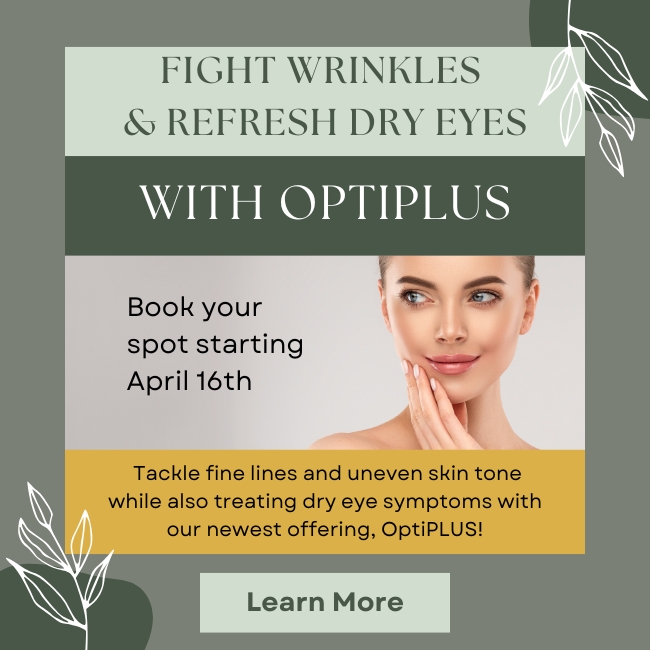By Avery Fitzgerald and Dr. Winnie Tseng, OD, MBA
Many people have had a stye at some point in their lives. A stye is an annoying bump on your eyelid. These bumps are the result of a buildup of infectious or inflammatory material within the glands lining the eyelids.
Your optometrist may refer to your stye as a hordeolum, indicating an acute infection of one of these glands, or as a chalazion, which signifies a non-infectious accumulation of inflammatory material in the gland.
While both types may present as red bumps on your eyelid, a hordeolum tends to be tender to the touch, whereas a chalazion is typically painless but still bothersome.
How to Treat a Stye
At home, one of the best ways to treat a chalazion is by using a warm compress. This involves heating a mask, such as a Bruder mask, in the microwave for about 20 seconds and then applying it to your eyes for 10 minutes, 3–4 times a day.
If a heat mask isn’t available, using a warm or hot—but not scalding—damp face cloth can suffice. When using a face cloth, make sure it remains warm throughout the 10-minute session. Reheat it as necessary. Consistency is key, so aim for 3–4 sessions per day.
When Should You See an Optometrist for a Stye?
If using a warm compress is not working, or if your stye develops into a painful bump (hordeolum), then a visit to your optometrist is recommended. We can provide various treatments for styes based on their characteristics. If there are signs of infection, we may prescribe oral antibiotics alongside warm compress therapy.
Intense Pulsed Light for Styes
In cases of hordeolum or chalazion, we may also recommend intense pulsed light (IPL) to eliminate the bump. This in-office procedure involves directing therapeutic pulses of light directly onto the stye using a light guide.
IPL therapy, also utilized for dry eyes and rosacea, is a viable option for individuals with these conditions. If you are afflicted with any of these conditions, consider reaching out to your optometrist to see if you are a good candidate for IPL therapy.
How Do You Prevent Styes?
Preventing the recurrence of styes involves practicing good eyelid hygiene. Daily cleaning of the eyelids and eyelashes with eyelid cleansers, such as Pure & Clean Lid Spray or OCuSOFT, can reduce bacterial presence and lower the risk of gland infection.
Additionally, incorporating regular use of warm compresses into your hygiene routine can help you maintain optimal gland function and prevent blockages. A daily 10-minute session is recommended, especially if you are prone to styes or experiencing dry eyes.
For further guidance on managing styes or related concerns, don’t hesitate to reach out to us at Littleton Eye Care Center. We can offer personalized advice and treatment options tailored to your specific needs.
Contact us or book your appointment today.
Dr. Winnie Tseng is an optometrist at Littleton, Woodsville, and Lincoln Eye Care Centers. Her interests include ocular disease management (dry eyes and ocular surface disease, glaucoma, macular degeneration, and diabetic ocular complications), contact lenses, and pediatric and comprehensive eye care for the entire family. She is board-certified by the American Board of Optometry, president of the New Hampshire Optometric Association and a clinical preceptor for Salus University and New England College of Optometry.
Avery Fitzgerald is a 4th-year Doctor of Optometry extern from New England College of Optometry, currently in a clinical rotation at Littleton Eye Care Center.


